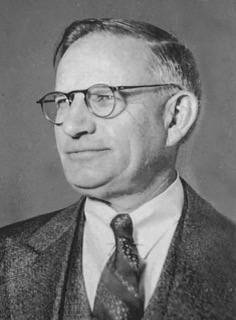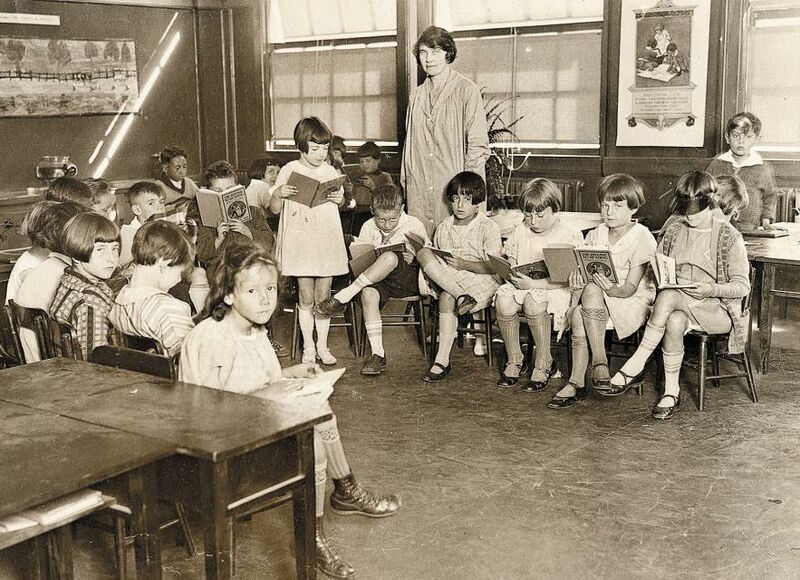Teachers' Union History
Historical Essay
by Dennis Kelly, member American Federation of Teachers since 1968
With uniquely linked histories, the California Federation of Teachers (CFT) and the American Federation of Teachers (AFT) Local 61 both celebrate their 100th Anniversaries in 2019. What follows is a capsule history of the oldest local union in the California Federation of Teachers. From the search for true union representation in 1919 to the quest for affordable housing for union members 100 years later, the history of AFT Local 61 — the United Educators of San Francisco — is one of proud support for educators, their unions and students.
Early days of public education in San Francisco.
Photo: California Federation of Teachers
When the San Francisco Federation of Teachers formed in 1919, there were already nine existing teacher organizations in the city. But none of them was a union. One organization called itself a federation, but it was not affiliated with the San Francisco Labor Council. The San Francisco Classroom Teachers Association (1917) was dominated by administrators and preferred to be known as an Association. There were High School Teachers and Teachers’ Councils. The most militant organization was the Teachers Association of San Francisco — in 1917 it grew out of the Kate Kennedy Teachers Clubs (1911) and was led by Margaret Mahoney, but it also shied away from joining with labor.

J.P. Utter
Photo: courtesy Vallejo Naval and Historical Museum
J.P. Utter founded the first California local union of the American Federation of Teachers in 1918 in Vallejo. He urged other teachers to join the AFT, and affiliate with the local labor council. He believed that teachers could speak through the labor council and have allies and an enhanced voice.
Seven high school teachers in San Francisco took up the challenge in April of 1919. They submitted the request for a charter and promised to enlist others. By the end of the month they had 60 members. Paul Mohr was the first president and Edward J. Dupuy was in charge of organization according to Harriet Talan’s invaluable masters thesis on the first 40 years of Local 61.
One of the first decisions they faced was how to structure their organization and who should be members. The national AFT urged them to keep Local 61 as a union of high school teachers and to work on the creation of an elementary local that would appeal to women.
John O’Connell, the head of the San Francisco Labor Council, urged something else: keep one local and include elementary and high school teachers, men and women. Presaging the inclusivity that has been a hallmark of the local, the founders of Local 61 decided to build one strong union for all of San Francisco’s public school teachers.
By the end of the school year Local 61 had grown to over 100 members.

